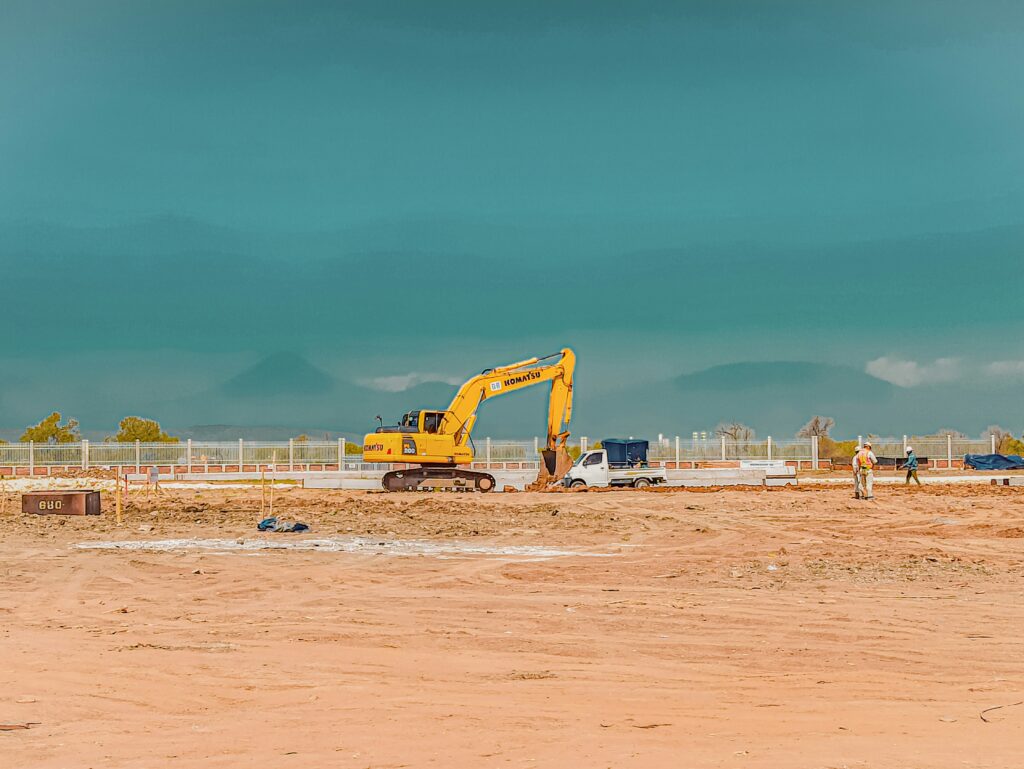
Choose the EB-5 Project That Is Most Useful for Your Immigration and Investment Needs
Your EB-5 Route Needs to Reflect Your Priorities. Now It Can.
In the past, EB-5 investments have been dominated by urban real estate developments. But now that the EB-5 Reform and Integrity Act (RIA) of 2022 has gone into effect, things are different.
Whether you‘re looking for a quicker route to a Green Card, a more robust financial reward, or a reduced investment timeline, you now have the autonomy to select a project that meets your personal objectives.
Ask yourself: Would you prefer to squeeze your future into an off–the-shelf solution—or choose an EB-5 investment created specifically for your own immigration and financial experience?
RIA Changed the Rules—In Your Favor
The RIA introduced investor-friendly changes that introduced more flexibility and more discerning decisions.
Here‘s how:
Reserved Visa Categories
- High-Unemployment Urban TEAs (10%), Rural TEAs (20% of visas), and Infrastructure Projects (2%) are reserved with visa set-asides.
- That means less competition and faster processing—especially valuable to investors from high-demand countries like India and China.
Concurrent Adjustment of Status
- Already in the U.S. on a different visa (e.g., F-1, H-1B, or L-1)? The RIA permits you to adjust status and stay while your EB-5 case is being processed.
- You can obtain work authorization and travel permissions in months.
Priority Processing for Rural Projects
- Rural TEA investments receive USCIS priority processing—Green Card approvals in less than 12 months.
Clarified Two-Year Investment Period
- Thanks to the RIA and the new USCIS guidance, your investment funds need to be held for only two years from the time they’re deposited in the job-creating business—potentially reducing your overall holding period.
Project Location: Rural or Urban? It Depends Where You Are—and What You Want.
Your immigration purposes and existing visa status determine the proper project type.
- Outside the U.S.? → Rural TEA projects are ideal for faster Green Card processing and lower backlogs.
- Inside the U.S.? → You have a choice between urban or rural projects, based on your timeframe and preference.
Project Structure: Loan vs. Equity—What’s Right for You?
The decision to do either a loan-based project or an equity-based project can decide your financial outcome:
Loan Structure
- Generally less risky with more fixed repayment timelines
- Usually secured with collateral or guarantee of repayment
- Preferred if your highest priority is capital preservation and timely exit
Equity Structure
- Higher potential to earn, but more flexible timelines
- Best for those willing to take somewhat higher risk for greater potential for gain
- Heavily dependent on the performance of the developer
Project Duration: Shorter Isn‘t Just Sweeter—It‘s Now Possible
Traditionally, EB-5 investments have had a five-to-seven-year time commitment.
Now, there are shorter term projects (as short as 3–4 years) on offer—specifically for urban TEA projects. Some rural projects are converting too, thanks to the new two-year investment provision under the RIA.
Benefits of shorter terms:
- Reduced financial exposure
- Quicker access to capital to reinvest
- Quicker turnaround on your immigration goals
Any EB-5 project with a shorter investment period—three or four years—is forced to have adaptive safeguards for investors against policy or legal overhaul. These are needed because USCIS rules and immigration law can suddenly change, and if the project is rigid, the investors will either be delayed or become at risk of being out of compliance for visas.
Adaptive safeguards are such built-in protective provisions within the structure of the project or investment agreement that allow for flexibility should USCIS alter its rules. They can take the form of automatic extension provisions which automatically lengthen the period of investment if so required, escrow provisions whereby funding is withheld until certain conditions are met, and redeployment scheme whereby capital continues to be invested in a compliant manner. They can also include fallback legal provisions that allow the project to alter timelines or procedures in order to accommodate new regulations. Such features provide investors with an added sense of security and peace of mind.
A Better Way to Invest in Your U.S. Future
Not every EB-5 project should look the same—because not every applicant has the same goals.
Whether you’re a family seeking relocation, a professional already in the U.S., or an entrepreneur seeking stronger ROI, you deserve a project built around you.
Work with trusted experts
Managing EB-5 investments is complex, but you don’t have to do it by yourself. Dealing with experienced professionals—immigration attorneys, financial advisors, and registered regional centers—can make it a reassuring experience and reduce the possibility of costly mistakes.
Ready to invest in EB-5 wisely?
Whether you’re new to EB-5 or down to your last few project possibilities, we’re here to help. Call to schedule a consultation.
